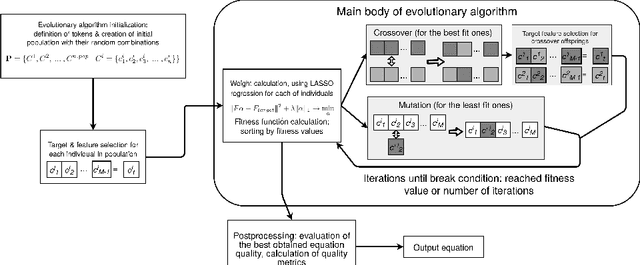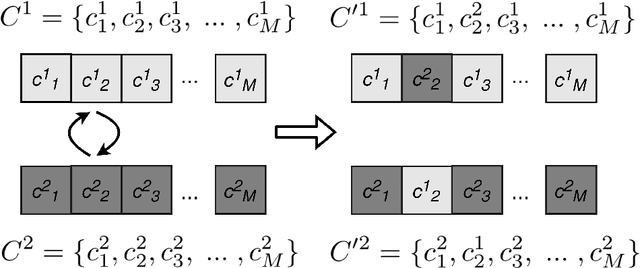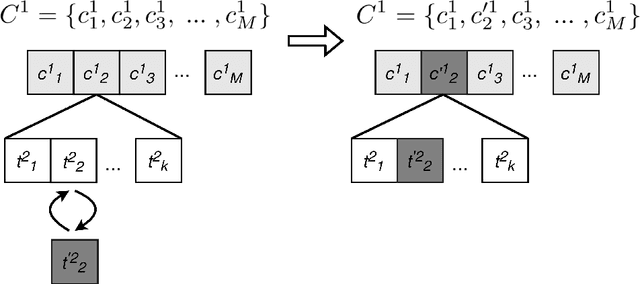The data-driven physical-based equations discovery using evolutionary approach
Paper and Code
Apr 03, 2020



The modern machine learning methods allow one to obtain the data-driven models in various ways. However, the more complex the model is, the harder it is to interpret. In the paper, we describe the algorithm for the mathematical equations discovery from the given observations data. The algorithm combines genetic programming with the sparse regression. This algorithm allows obtaining different forms of the resulting models. As an example, it could be used for governing analytical equation discovery as well as for partial differential equations (PDE) discovery. The main idea is to collect a bag of the building blocks (it may be simple functions or their derivatives of arbitrary order) and consequently take them from the bag to create combinations, which will represent terms of the final equation. The selected terms pass to the evolutionary algorithm, which is used to evolve the selection. The evolutionary steps are combined with the sparse regression to pick only the significant terms. As a result, we obtain a short and interpretable expression that describes the physical process that lies beyond the data. In the paper, two examples of the algorithm application are described: the PDE discovery for the metocean processes and the function discovery for the acoustics.
 Add to Chrome
Add to Chrome Add to Firefox
Add to Firefox Add to Edge
Add to Edge